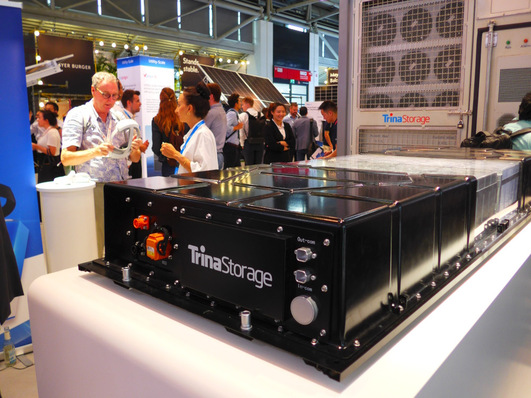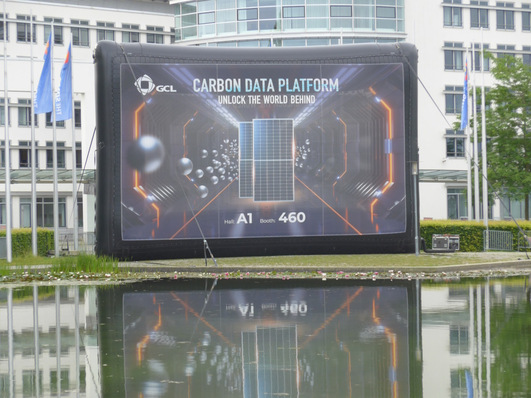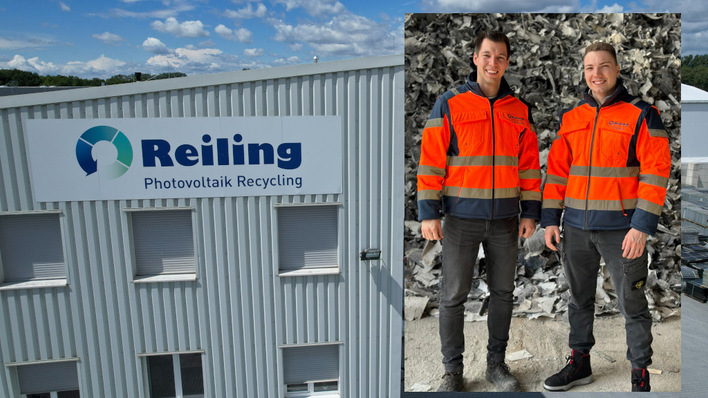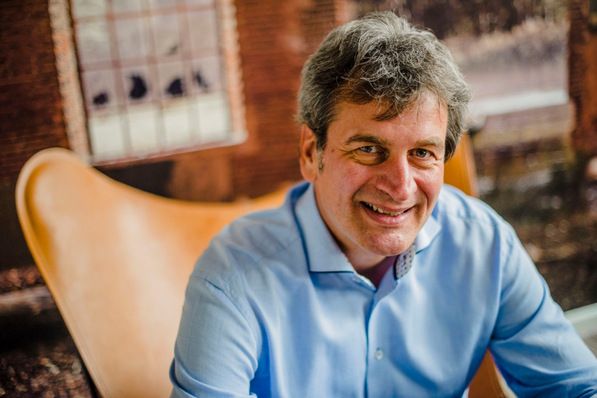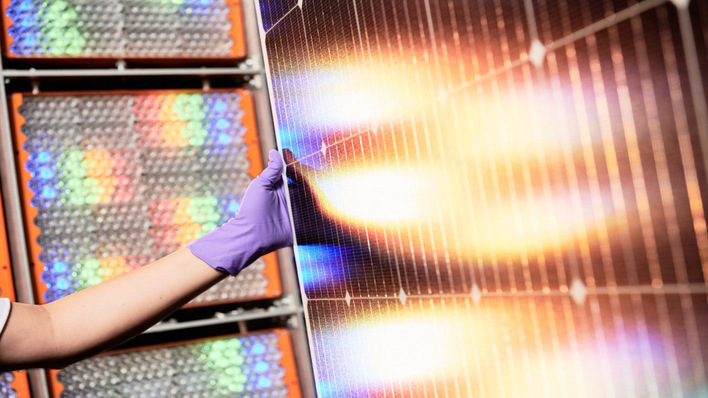The rapid development of PV technology was accompanied by the development of numerous different structures on which the modules are attached fixed or the sun tracked. In this area, many more or less convincing solutions for roof systems and for open land were created, but also for a number of niche applications. The idea of attaching the PV modules through suitable structures several meters above the ground was also obvious, which allows the simultaneous use of the same ground both for agricultural purposes and for the production of solar power.
Concept of agrophotovoltaic
The use of the PV in large scale can only be carried out extensively, which is why e.g. In Central Europe, mainly agricultural areas are eligible. Since agricultural production should normally have priority, a dual-use concept is a plausible solution. In several countries there are initiatives to further develop the so called agrophotovoltaic (APV). Structures in which the PV modules are supported several meters above the ground offer, however, in many cases further advantages, as the independence from the ground conditions and the protection of the modules from damage by humans or animals or against flooding. The real challenge is to implement APV in a user-friendly way, also from an economical point of view.
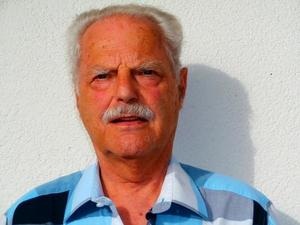
Pilot installation in South Tryrol
Inspired by decades of experience in the construction of cableways, in the year 2004 I began to think to fix the modules of PV plants on open land with a cable structure five to six meters above ground. In 2005 and 2006, I applied two corresponding patents, which were subsequently taken over by an Austrian cableway company. On the basis of these patents and largely according to my design plans, a pilot plant was built in South Tyrol in cooperation with this company in 2007.
Pilot installation 32 x 32 m in size
This plant is about 32 x 32 m in size with a double-axis module tracking system, which is operated through the supporting ropes. After the construction of the plant, however, the initiative was not pursued by the Austrian company despite technical success. The main reason for this was that such a concept was unique in the market and due to high costs and could hardly be sold at that time. However, the construction and operation of this system has provided valuable insights. After the departure of the Austrian partner, I continued to deal with this issue, albeit with many years of interruptions. But luckily the framework conditions have changed massively within the past years.
Further developed approach with only four pillars
Therefore, in spring of 2017 I registered another patent for a high cable structure PV system, that is realized in a completely different way as the previous solutions. After Hubert Leitner, founder and former head of a well-known South Tyrolean PV company announced his organizational cooperation, several initiatives were successfully launched in this context. In particular, the "SEIS" model exhibited at the Intersolar 2017 in Munich has aroused the interest of numerous visitors from all over the world. This exhibition has shown that there is interest for APV worldwide.
Only four pillars necessary
Particularly in developing countries smaller plants are needed which can offer safety and favorable costs due to their construction and not least by standardization. An advantage of the presented rope system is that normally only four pillars are needed, which are arranged in the four corner points of a rectangular site. The foundations for these pillars are normally to be produced by the plant operator himself, so that the installers will always find the same conditions, regardless of the nature of the ground, and can install and set up a standard system within a few days. Such units can be equipped with an energy storage unit to supply e.g. small settlements around the clock with power.
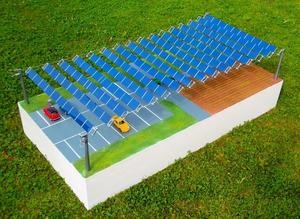
A further possible application of the system is the use as sun protection for car parks. So far complete systems cannot be distributed yet though, only patent rights and know-how.
Less steel needed
The market is there, but the APV concepts currently being implemented in different countries, are essentially study projects. Costs of serial production are still pending. A realistic comparison of the different concepts will presumably be possible only in a few years and different solutions will probably be offered for different conditions. However, an advantage of the cable concept is likely to be that only a fraction of the steel is needed compared to a conventional steel construction. (Günter Czaloun/HCN)
Stay informed, get our free newsletter twice a week, register here
More useful information:


